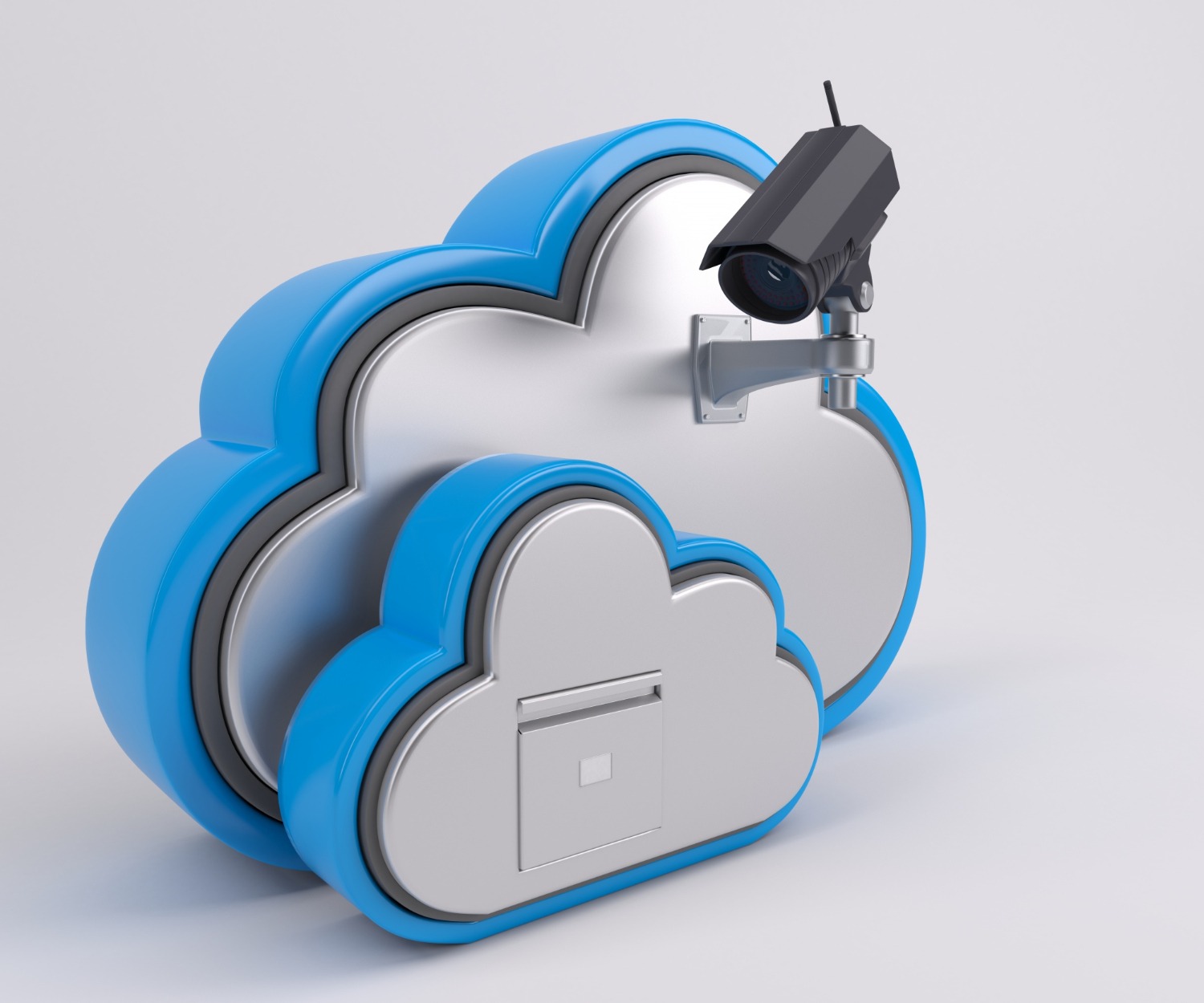Top 7 Cloud Security Trends Shaping 2025
Cloud security is evolving at an unprecedented pace, driven by the increasing reliance on cloud technologies and the growing sophistication of cyber threats. Organizations are now faced with the dual challenge of protecting sensitive data while enabling seamless access for users across various environments. This dynamic has led to the emergence of several key trends that are shaping the future of cloud security.
From the adoption of Zero Trust architectures to the integration of artificial intelligence in threat detection, businesses are rethinking their security strategies to address vulnerabilities and enhance resilience. The rise of remote work and multi-cloud environments further complicates these challenges, necessitating innovative approaches to safeguard assets and ensure compliance with regulatory standards.
In this exploration of the top seven cloud security trends for 2025, we will delve into how these developments not only address current security concerns but also present opportunities for organizations to strengthen their defenses and foster a culture of proactive security management. By understanding these trends, businesses can better navigate the complexities of the cloud security landscape and position themselves for success in an increasingly digital world.
1. Zero Trust Architecture Takes Center Stage
Zero Trust security has transitioned from a buzzword to a necessity in cloud environments. Unlike traditional security models, Zero Trust assumes no user or device can be trusted by default, whether inside or outside the network perimeter.
- Key Principles: Verify explicitly, use least privilege access, and assume breach.
- Implementation in 2025: Organizations are leveraging identity-based access controls, continuous authentication, and micro-segmentation to reduce attack surfaces.
- Why It Matters: With remote work and hybrid cloud models becoming standard, Zero Trust minimizes risks associated with unauthorized access and insider threats.
2. AI and Machine Learning Enhance Threat Detection
Artificial intelligence (AI) and machine learning (ML) are becoming critical tools for identifying and mitigating cloud security threats.
- Proactive Threat Detection: AI-powered systems analyze patterns in real time, flagging anomalies that may indicate cyberattacks.
- Automated Response: Machine learning models can automate responses to common security incidents, reducing response times.
- Future Outlook: In 2025, AI-driven tools are expected to handle sophisticated threats like advanced persistent threats (APTs) and zero-day vulnerabilities more effectively.
3. Greater Focus on Multi-Cloud Security
The multi-cloud approach, where organizations use multiple cloud providers, is now a standard strategy for flexibility and resilience. However, securing multi-cloud environments poses unique challenges.
- Unified Security Management: Tools that provide a single pane of glass to monitor and secure assets across providers are gaining traction.
- Standardized Policies: Organizations are adopting uniform security policies to prevent inconsistencies and reduce vulnerabilities.
- Key Challenge: Ensuring seamless integration and communication between different cloud platforms without creating security blind spots.
4. Rise of Secure Access Service Edge (SASE)
SASE (pronounced “sassy”) is a cloud-native security model that combines network and security functions into a unified platform.
- What It Offers: SASE integrates technologies like secure web gateways (SWGs), cloud access security brokers (CASBs), and Zero Trust network access (ZTNA).
- Adoption in 2025: With businesses increasingly distributed, SASE enables secure, reliable access for users, regardless of location.
- Benefits: It simplifies security management and reduces the need for on-premises infrastructure.
5. Compliance Automation Gains Momentum
As data protection regulations become more stringent globally, organizations are turning to automated solutions to ensure compliance.
- Regulatory Landscape: Standards like GDPR, CCPA, and industry-specific regulations require robust data protection measures in the cloud.
- Automation Tools: In 2025, tools that continuously monitor compliance status, generate audit reports, and provide real-time alerts are standard in enterprise cloud strategies.
- Outcome: Automated compliance reduces human error, saves time, and ensures organizations remain audit-ready.
6. Edge Computing Security Evolves
The proliferation of edge computing devices, such as IoT sensors and edge servers, has expanded the attack surface.
- Challenges: Securing data as it moves between edge devices and cloud environments is critical.
- Emerging Solutions:
- Endpoint detection and response (EDR) tailored for edge devices.
- Encrypted communication channels to secure data in transit.
- AI-driven monitoring of edge environments.
- Impact in 2025: As edge computing becomes integral to industries like manufacturing and healthcare, its security will remain a top priority.
7. Cybersecurity Skills Gap Spurs Outsourcing

The demand for skilled cybersecurity professionals far outweighs the supply, prompting organizations to outsource their cloud security needs.
- Managed Security Services: Providers offering Security as a Service (SECaaS) are addressing gaps in expertise and resources.
- Benefits: These services provide 24/7 threat monitoring, incident response, and compliance management.
- Future Trends: By 2025, SECaaS will incorporate more AI-driven capabilities, offering cost-effective and scalable security solutions.
Addressing Challenges in Cloud Security
While these trends highlight significant advancements, challenges remain:
- Complex Threat Landscape: Cybercriminals continue to develop sophisticated attack techniques, requiring organizations to stay ahead.
- Cost of Implementation: Investing in advanced security measures, such as AI or SASE, can be expensive for smaller organizations.
- Vendor Dependency: Relying heavily on third-party providers necessitates robust due diligence to avoid security lapses.
Organizations must adopt a proactive approach to cloud security by:
- Conducting regular security assessments.
- Training employees on cybersecurity best practices.
- Partnering with trusted cloud and security providers.
Conclusion
As we move further into 2025, cloud security is not just about protecting data but also enabling businesses to innovate and scale confidently. From AI-driven threat detection to Zero Trust models, the trends shaping cloud security reflect the growing complexity and importance of securing digital assets. By understanding and adopting these advancements, organizations can stay resilient in an ever-evolving cyber landscape.




